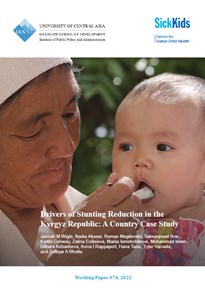The Economy of Tajikistan: Thirty Years After Dissolution of the Soviet Union
This paper examines the economic trajectory of Tajikistan over the thirty years following the dissolution of the Soviet Union, highlighting the nation’s unique challenges and gradual progress. Tajikistan faced severe hurdles during its transition from a centrally planned to a market-based economy, compounded by a civil war that further disrupted economic and political stability. Despite initial economic downturns marked by hyperinflation, output decline, and reliance on external aid, the country achieved gradual recovery through reforms in privatisation, agriculture, and energy production.
Key findings include the pivotal role of migrant remittances in bolstering household incomes and stabilizing the national economy, alongside the persistent challenges of poverty, income inequality, and trade deficits. The paper also explores sectoral dynamics, focusing on agriculture’s recovery through land reforms and crop diversification, and the energy sector’s reliance on hydropower, including major projects like the Rogun Hydropower Plant. Additionally, it assesses the increasing influence of Chinese investments and regional trade integration efforts.
While Tajikistan has made strides in economic growth and stability, the study underscores the need for diversification, industrial modernization, and demographic management to ensure sustainable development. The paper concludes with an outlook on Tajikistan’s economic prospects, emphasizing the strategic importance of infrastructure projects, regional cooperation, and policy reforms to unlock the nation’s full potential.
Suggested citation:
Yormirzoev, M. (2025). The economy of tajikistan: Thirty years after dissolution of the soviet union. University of Central Asia. https://doi.org/10.70240/IPPAWP.2025.001









